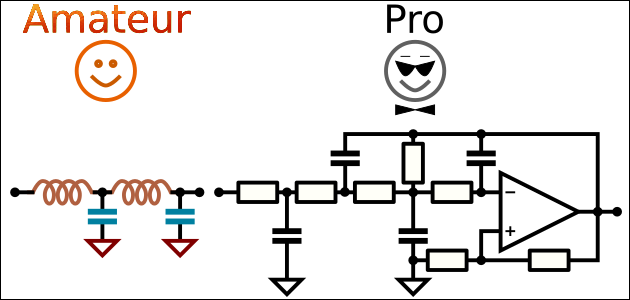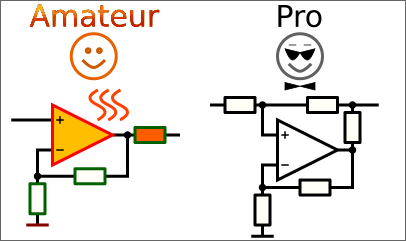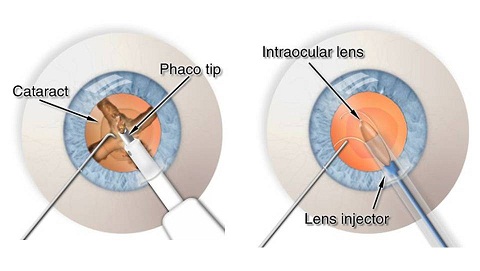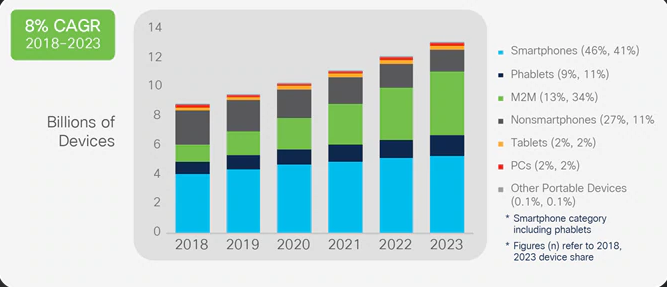
The idea to build a 4th order low-pass filter looks simple: add one more feedback loop. But there are pitfalls, as always.


Grind is a process of slowly getting valuable resources (be it experience points or loot) by repetitive and often simple tasks in video games. It has been present from the beginning of gaming but has become more widespread with the popularization of online RPG games because of their leveling systems and competitive elements.
It is highly criticized by gamers around the world for making games boring and work-like, yet many people specifically choose to play grind-heavy games. The reason might be because they find simple repetitive tasks relaxing and distracting from real-life problems, as a form of escapism.
However, there is also a gameplay reason for grinding: getting valuable resources early can make a game easier later. Some popular games like Diablo are even centered around grind. Thus, everyone will have to grind at some point to prevent gameplay from getting too difficult, which quickly becomes an inescapable habit. Later, gamers might apply grinding even to games that do not require it. Interestingly enough, grinding early on can also make the late-game boring because it is going to be too easy if the game was not designed for grinding. For example, in Subnautica, getting a lot of resources early on will make some of the late-game tools useless because all the resources that could have been gained with them have already been gained.
From the example above, we can see that grind does not always improve the gameplay. We can also see that it is not always a necessary process and can be either minimized or avoided entirely: sometimes, the need for it exists only in our mind, forcing us to diminish the fun of actually playing the game. Is it just a question of habit or is there any other reason for us to grind?




Source: Google Images






We’re excited to announce the preview availability of the new Azure IoT Edge Tools Extension (Preview) for Visual Studio 2019. The extension provides a rich set of functionalities to support development of IoT Edge solutions with Visual Studio 2019:
From idea to implementation: modifying the existing elliptic curve signature scheme to be deterministic and providing functions on it to obtain verifiable within the blockchain pseudorandom numbers.


Wilhelm Röntgen discovered X-ray November 8th 1895, when he did experiments with cathode rays in a vacuum tube. To capture and save images of the shadows from the X-rays, he used ordinary photoplates. Fortunately, sensitive to visible light silver based photoemulsions turned out to be sensitive to the X-ray too. These photoplates became the first X-ray detectors.
More than 100 years of scientific progress led to the creation of a number of various detectors for recording X-ray images. Developments of the microelectronics and semiconductor manufacturing technologies are crucial for development of the modern X-ray detectors. These detectors can transform the energy of the X-ray photon directly to the electrical signal. They allow capturing detailed, digital, high-resolution X-ray images.
Digital images are easy to work with. For example one can merge multiple macro images into an image of the whole object and represent monochrome images in false colors like Simon Procz did with this X-ray image of a flower he did in 2012.